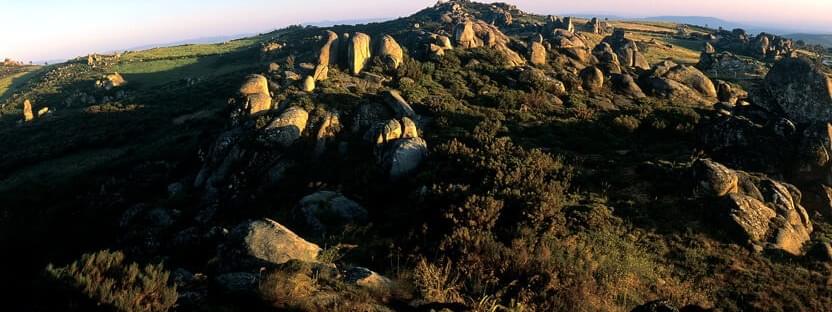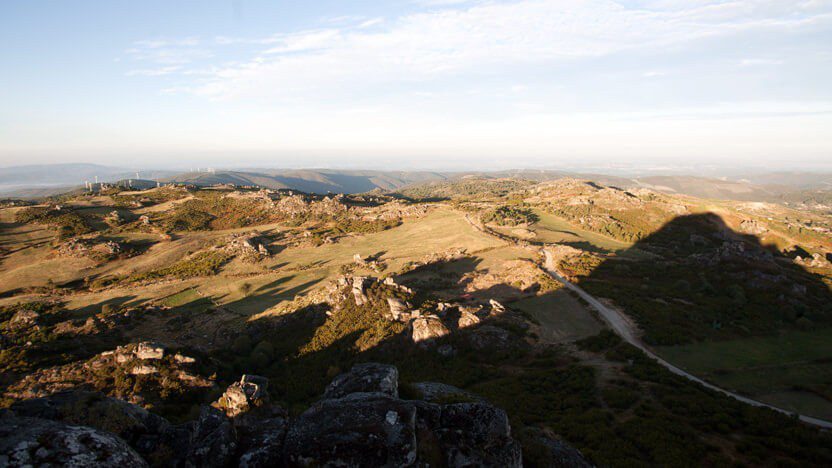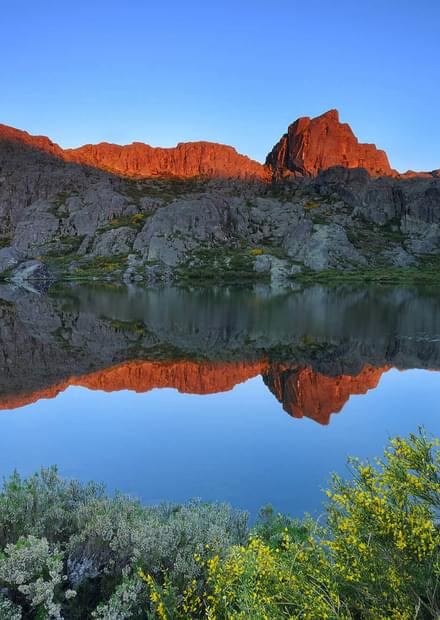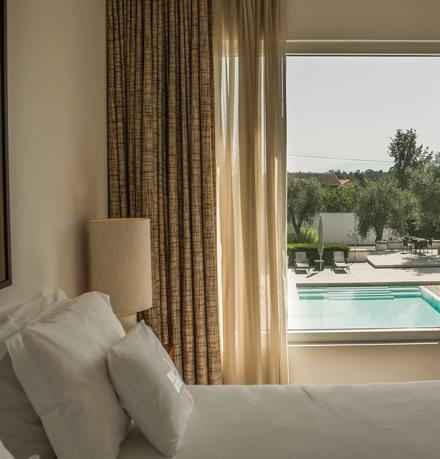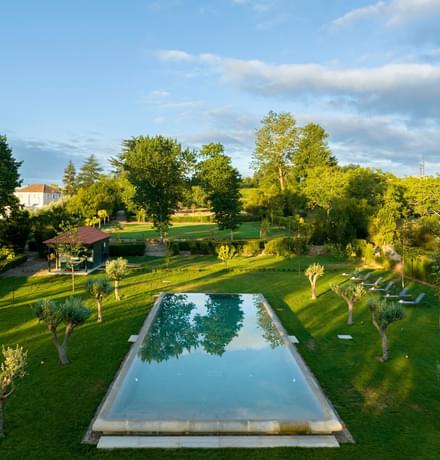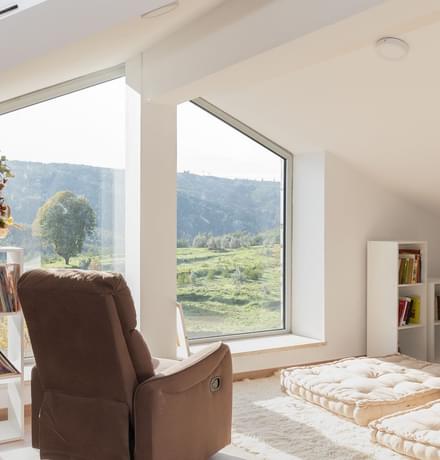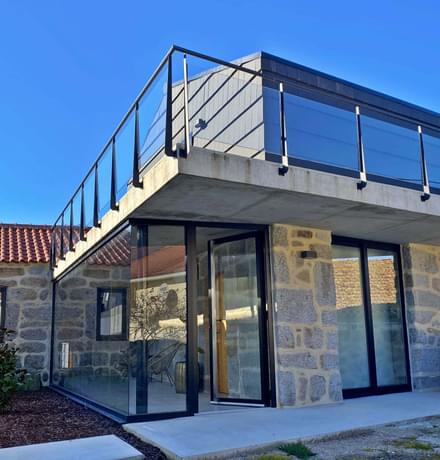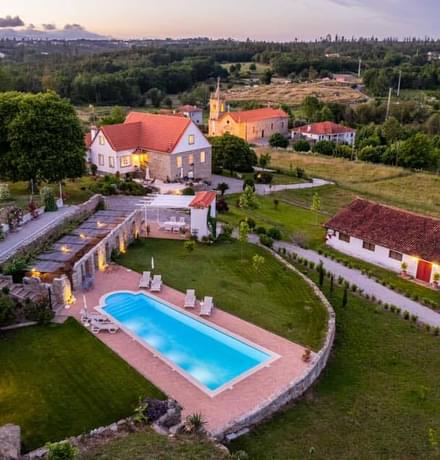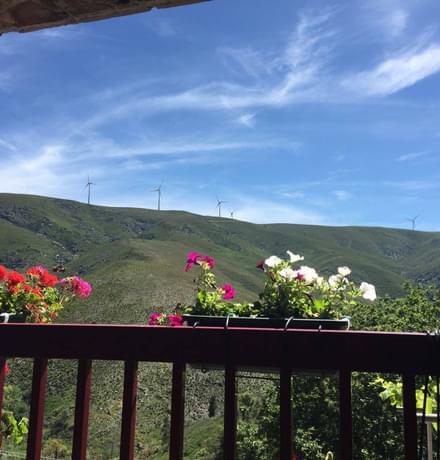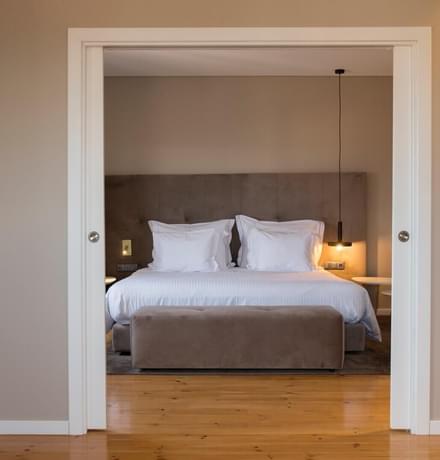Located in a transition zone between Beira Alta and Beira Litoral, this mountain combines woods and scrublands with pure water streams and small waterfalls where small granite villages and granaries were quietly built into the free spaces of the landscape.
From 1920 onwards, the healthy air of the mountain led to the construction of sanatoriums dedicated to healing pulmonary diseases and this small mountain town quickly became a health and relaxation resort. Come and breathe in this endless landscape and recover your strength in the middle of Caramulo’s natural beauty.
Endless landscape
If you really want to enjoy the majestic landscape in Caramulo, you should not miss the chance to visit two overlooks while you stroll through the mountain. Climb to Caramulinho, the highest spot in the mountain. 1076 meters high, this is the ideal spot to fully enjoy this collection of mountains, their vegetation and small villages. You also should not miss the chance to visit Cabeço da Neve, on the opposite side of the mountain. If there are no clouds, you will be able to see the vastness of the mountains until Serra da Estrela.
Visiting Caramulo
To visit Caramulo by car can be a gratifying experience. But if you really want to enjoy every detail in the landscape while you fill your lungs with the freshest mountain air, you should know that it is easy to organize a horse or bike ride and even a walk.
Apart from the Caramulinho route, which is about eight kilometres long, you can stroll through delimitated routes like those of the Orange Trees, Linen, Crosses and Gutters or even the Granite Lands route. There are not just wonders created by Nature in these routes, but also traces left in the past in stone trails built by the Romans. Start your visit and discover traditional mountain villages like Covas or Fornelo do Monte where rurality is much more than landscape: it’s a way of life.
At Caramulo, you should also enjoy:
The Caramulo Museum
The Cambarinho Botany Reserve which hosts the greatest concentration of oleanders (Rhododendron Ponticum) in Europe, which make a 24 hectares purple blanket during the months of May and June
The Malhada do Cambarinho and Lapa de Meruje dolmens
The famous Malhada do Cambarinho and Lapa de Meruje “black crockery”, made in a darker colour rand metallic shine according to a traditional technique. Nowadays, this technique has been recovered by local young potters
